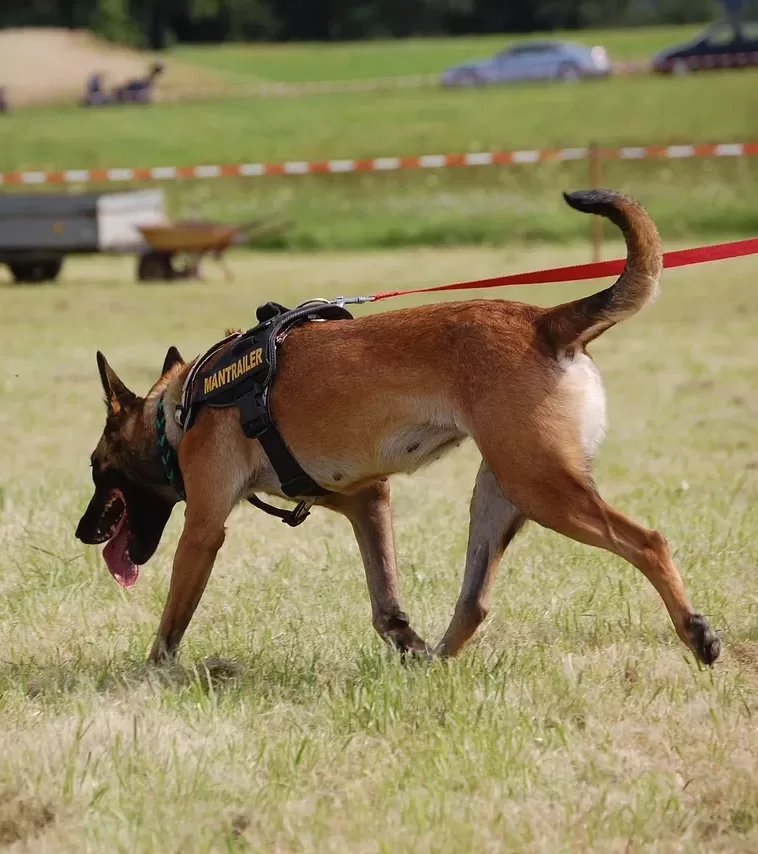Dog recall training is one of the most critical skills for their safety and freedom. A reliable recall ensures your dog comes back when called, even in challenging situations. Whether you’re navigating busy parks, encountering other dogs, or addressing distractions, teaching your dog’s recall can save their life and enhance your bond. This in-depth guide will show you how to establish a strong and dependable recall step by step.
A strong recall is essential for your dog’s safety. It allows them to explore while giving you control, ensuring they return when needed. Your dog’s recall can help avoid accidents, such as running into traffic, prevent conflicts with other animals, or retrieve them from hazardous areas.
Begin teaching your dog’s recall in a quiet, controlled space like your home or garden. This allows your dog to focus entirely on learning the command without external distractions.
Make your dog’s recall irresistible by associating it with something they love.
Training your dog’s recall should be a positive and engaging experience. Dogs learn faster when sessions are enjoyable.
Consistency is key to teaching your dog’s recall. Choose a specific command, like “Come” or “Here,” and stick to it.
Your dog’s recall should always be associated with positive experiences. If they think coming to you means punishment or the end of playtime, they’ll resist the command.
As your dog’s recall improves, it’s time to introduce distractions and new environments.
A long line (10-30 feet) is a valuable tool for teaching your dog’s recall in open spaces.
Once your dog’s recall is consistent in familiar settings, practice in various environments to build real-world reliability.
Teaching your dog’s recall takes time and patience. Every dog learns at their own pace, so celebrate small victories and stay positive throughout the process.
Even after your dog has mastered recall, it’s essential to continue practicing and reinforcing it regularly.
Your dog’s recall is one of the most valuable skills they can learn. It keeps them safe, gives you peace of mind, and strengthens your bond. By starting in low-distraction environments, using high-value rewards, and practicing with patience and consistency, you can build a reliable recall that works in any situation. With this comprehensive guide, your dog’s recall will become second nature, ensuring their safety and enhancing your trust in each other. Happy training!
Dog recall training can sometimes feel overwhelming, but you don’t have to do it alone. Our one-to-one training sessions are designed to offer personalised support tailored to your dog’s unique needs. Whether your dog struggles with focus, gets distracted easily, or just needs a little extra motivation, we’ll work with you to develop a customised plan to help you both succeed.
Improving your dog’s recall takes consistency, patience, and lots of positive reinforcement. By keeping training fun, using high-value rewards, and practicing in different environments, you can make coming back to you the highlight of your dog’s day. With the right approach—and a little help from our one-to-one sessions if you need it—you’ll soon see their recall become stronger and more dependable.
If you need extra help or a tailored approach, our one-to-one training sessions are here to support you every step of the way. With the right guidance, you’ll soon enjoy off-leash adventures with confidence, knowing your dog’s recall is strong and dependable.
© 2025 Next Level Dog Training. All rights reserved.

